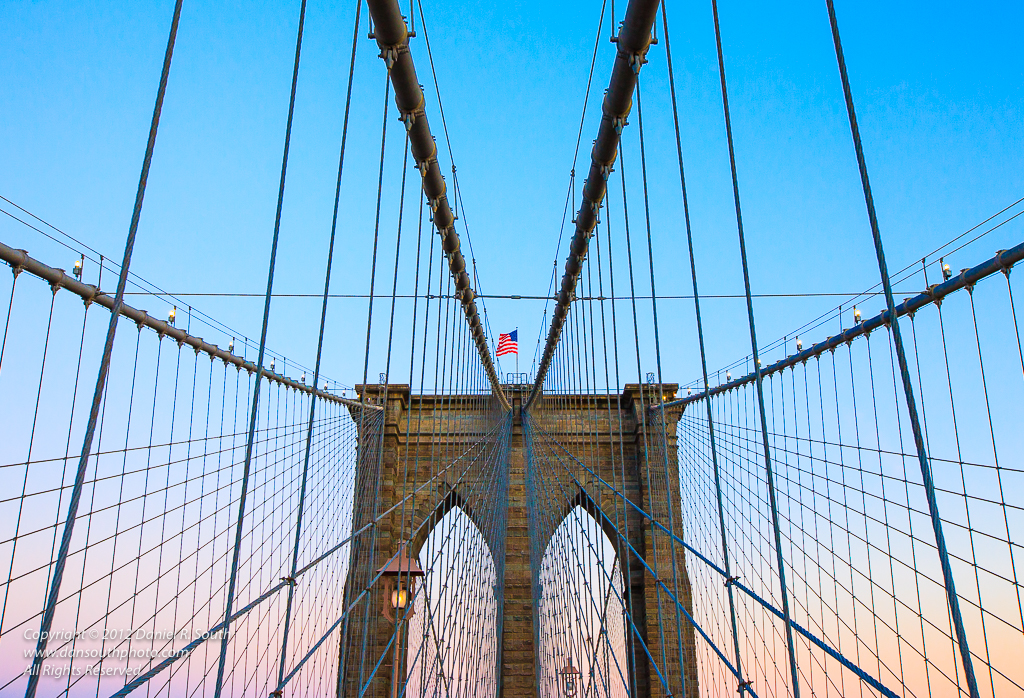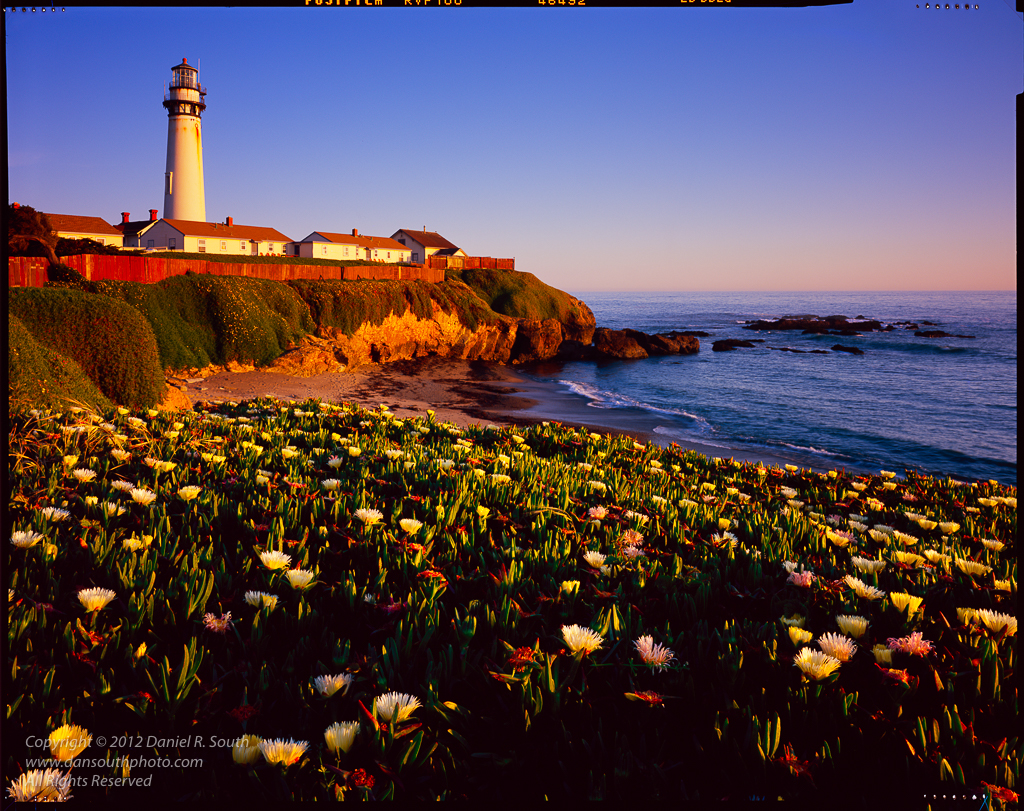Landscape photography is one of my great loves - sunsets, seashores, mountain lakes and stunning vistas, images that leap off of the page and inspire dreams of travel and adventure. I began my study of photography in earnest after viewing exhibitions of the great masters. Their work was so compelling, so visually arresting that it almost didn't seem possible. I wanted to understand their approach and the techniques involved. I wanted to learn all that I could so that one day I might realize my own landscape vision.
My dream faced two immediate complications. Firstly, I had no photographic skills or training; I didn't even own a decent camera. I would need to learn the art and craft of photography from the ground up. Secondly, I didn't live near a scenic wilderness. My life is conducted mostly in cities. I could travel on occasion, but I wouldn't be able to build a portfolio by working only a few weeks out of the year. I would need to shoot as often as possible, and that meant photographing nearby places.
This raised interesting questions. Could I apply the elements of landscape photography to an urban setting? Would the merger of landscape techniques and city skylines yield images that could satisfy the discriminating viewer?
 |
| Lower Manhattan Without The World Trade Center |
Element One - Light
Light is the most critical component of photography no matter where it's done. When I spotted the scene above, the sunset had reached peak warmth. I set the camera up as quickly as possible. Here, I opted to use a specialized "tilt-shift" lens to keep both the foreground and background in focus. But this required extra time and a painstaking manual focusing procedure.
By the time I'd finished composing and focusing, I managed to capture only a handful of shots before the golden glow faded. I could have come back on another day, but the light would have been different and the sky's unique texture would never be replicated.
 |
| Brooklyn Bridge Near Sunset |
Element Two - Composition
The Brooklyn Bridge is a highly photogenic structure, but it's usually crowded with cars and mobbed with pedestrians. Standing on the boardwalk in the center of the bridge I shot upward to isolate the support and the suspension wires from the bustling activity below. The result is a clean, tranquil composition that highlights the geometrical complexity of the intersecting wires. A gust of wind unfolded the flag as the sunset cast pastel colors on distant haze.
 |
| Sailboats - World Financial Center Marina |
Element Three - Adaption To The Surroundings
Urban photography presents special challenges. Tripod usage is rarely questioned in the wilderness or in national parks. But set up a tripod in the city and you're likely to meet some new friends. Overzealous security guards can materialize seemingly out of thin air to inform you - correctly or incorrectly - that tripod usage is forbidden in the area where you were about to take your photo.
The walkway encircling this marina is full of security guards and camera-unfriendly park employees. I didn't even bother to pull the tripod out of its bag. Without a tripod the low light levels would present a challenge - if the shutter speed were too slow, a handheld image would be blurred from 'camera shake'. I needed to find another way to manage movement and capture a sharp image.
I boosted the camera's ISO setting to 3200. This is close to the limit where the sensor will record visible electronic noise, but it increased the shutter speed enough to make a handheld shot possible. The final image is surprisingly sharp and detailed.
 |
| Lower Manhattan Under a Pink Sky |
Element Four - Being Present And Observant
All of the light in that we see passes through our atmosphere. As conditions change from clear to cloudy to hazy, the light changes accordingly. We need to be present and observant in order to leverage these changes for our benefit. What is the light doing now? How quickly is it likely to change? Which subjects would photograph well in the light that's available? Are distant clouds threatening to block the light or obscure the sunset?
Occasionally, the atmosphere itself becomes the subject of the photo. I was about to put my camera away for the evening when I spotted these pink clouds standing out against the blue cast of the twilight sky. I was able to capture the unusual blend of colors just seconds before the pink light faded into oblivion. Something happened that I hadn't expected, and I was able to exploit it and capture a fresh interpretation of a well-known skyline. I was present and observant. And ready.
The Grand Urban Landscape concept shows promise. As a bonus, we won't have to sleep in tents to shoot city skylines. Some hiking may be required, however. ;-)
Camera:
Canon EOS 5D Mark II
Canon EOS 5D Mark II
Lenses:
Canon 16-35 f/2.8L II
Canon TS-E24 f/3.5L II
Wishing you great light and meaningful moments!
Copyright © 2012 Daniel R. South
All Rights Reserved



